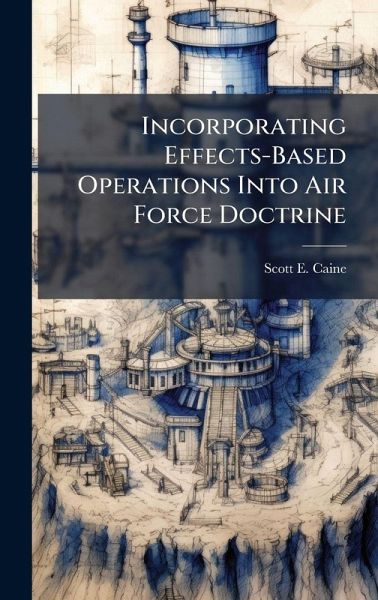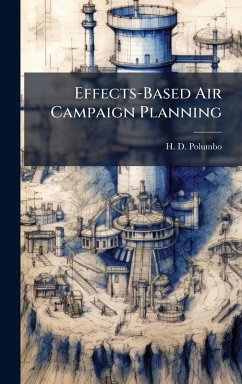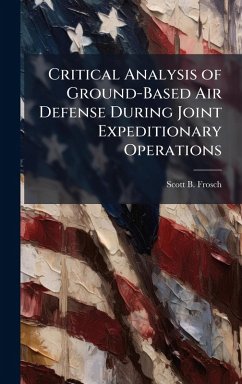
Incorporating Effects-Based Operations Into Air Force Doctrine
Versandkostenfrei!
Versandfertig in über 4 Wochen
28,99 €
inkl. MwSt.
Weitere Ausgaben:

PAYBACK Punkte
14 °P sammeln!
In the aftermath of the 1991 Gulf War, numerous military and airpower analysts hypothesized that the nature of warfare had fundamentally changed. In the forefront of the concepts that emerged from this period, "effects-based operations" (EBO) has been written about and debated at length. While it appears that the USAF has embraced the concept, the service has done little to codify in practice and make EBO part of the airman's lexicon. This paper explores the practical codification of EBO in Air Force doctrine. The study first analyzes the effects-based concept and the inherent pitfalls associa...
In the aftermath of the 1991 Gulf War, numerous military and airpower analysts hypothesized that the nature of warfare had fundamentally changed. In the forefront of the concepts that emerged from this period, "effects-based operations" (EBO) has been written about and debated at length. While it appears that the USAF has embraced the concept, the service has done little to codify in practice and make EBO part of the airman's lexicon. This paper explores the practical codification of EBO in Air Force doctrine. The study first analyzes the effects-based concept and the inherent pitfalls associated with it. Instead of focusing on targets and destruction; effects-based operations focus on desired effects and their impact on achieving objectives. The plan-execute-assess process has increased importance because effects cannot normally be measured as easily as physical destruction. The concept of effects-based operations has simple roots with complicated implications. The study analyzes previous campaigns in a framework of effects-based aspects. This work has been selected by scholars as being culturally important, and is part of the knowledge base of civilization as we know it. This work was reproduced from the original artifact, and remains as true to the original work as possible. Therefore, you will see the original copyright references, library stamps (as most of these works have been housed in our most important libraries around the world), and other notations in the work. This work is in the public domain in the United States of America, and possibly other nations. Within the United States, you may freely copy and distribute this work, as no entity (individual or corporate) has a copyright on the body of the work. As a reproduction of a historical artifact, this work may contain missing or blurred pages, poor pictures, errant marks, etc. Scholars believe, and we concur, that this work is important enough to be preserved, reproduced, and made generally available to the public. We appreciate your support of the preservation process, and thank you for being an important part of keeping this knowledge alive and relevant.












